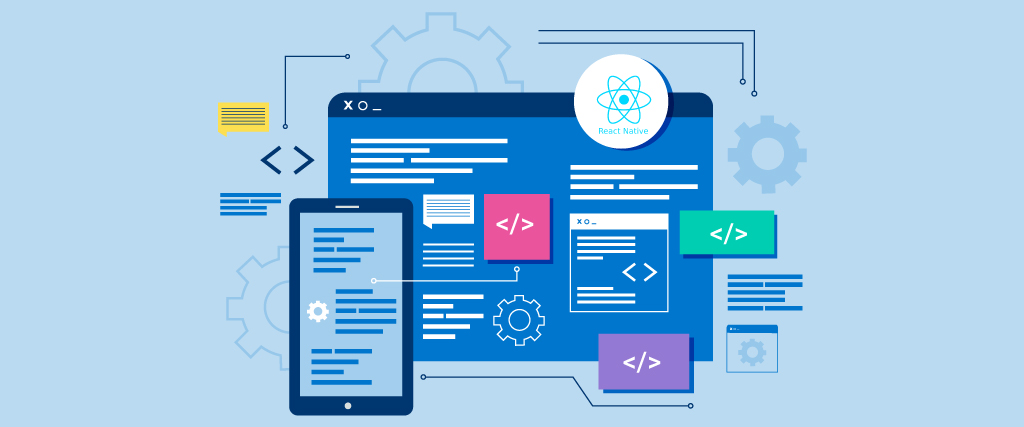7 Mistakes to Avoid When creating React Native Apps

React Native app development: A major reason behind the massive growth of cellular devices is the availability of myriad mobile applications packed with extraordinary features and amazing utilities. The digital world has become heavily app-dependent. Mobile apps seem to have seized every sphere of our life and business. For several years now, React Native has been a buzzing topic in the mobile development world. No wonder, it took the IT industry by storm by offering a seamless way to develop mobile apps. And today, React Native has become the most preferred choice of developers to develop cross-platform applications. React Native is one of the most well-known platforms for creating mobile apps. There are several reasons why React is so popular. We've listed a few of them below.
- Offers Cross-platform capabilities
- Uses JavaScript
- Best memory management
- Supports third-party plug-ins
- Simple and straightforward installation
- Conversion of a web app to a mobile app with ease.
Wrong Estimation - React Native app development
This is one of the common mistakes committed by the react-native beginners. They often forget that though React Native is used for cross-platform apps, the layout for Android and iOS can be totally different. Although React allows the use of interchangeable components, some features can be platform-specific. For example, the design of a mobile application page differs for both platforms. At times, you might underestimate the lines of code or the logic can be incorrect. All these incorrect estimations can create a problem in the end. Hence, when you choose React Native app development, make a checklist and cross-check at every stage.Not optimizing React Native Images - React Native app development
Image Optimization in the applications built using react native is the most common mistake. Un-optimized images lead to the downfall of the app's performance. Usually, most developers concentrate more on the coding part and overlook image optimization. For a fact, image optimization plays a prominent role in creating a lightweight app and this must be at the top of the list to avoid degraded performance. It is one of the ways to optimize the image and amplify app quality.Using Stateless Components
Many developers think that using stateless components for gaining React Native performance is wise. Well, that's not true at all. Stateless components do not extend any class, instead, they take the arguments and display them in the DOM. Although they come with benefits like easy testing ability and speedy implementation. But with emerging advancements, it's better to use pure components. Here's why:- Performs shallow comparison- It performs a shallow comparison that lowers render operations, and this might be a special win for complex UI apps.
- Performs side effects- Using these pure components, developers can also send AJAX requests inside the component DISmount. While they can also perform other DOM operations.
